Reading Food Labels
When you know how to read food labels, you can make healthier choices to help you feel your best. A basic label can tell you about ingredients, calories, sodium and more.
5 Tips for Understanding a Food Label
1. Check serving size.
The number of servings shows how many portions are in the package. These are listed by grams or milligrams and % Daily Value.
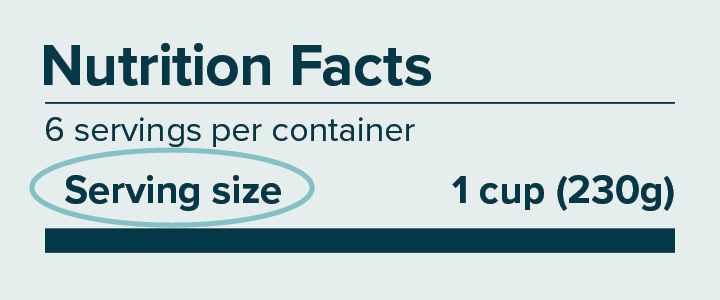
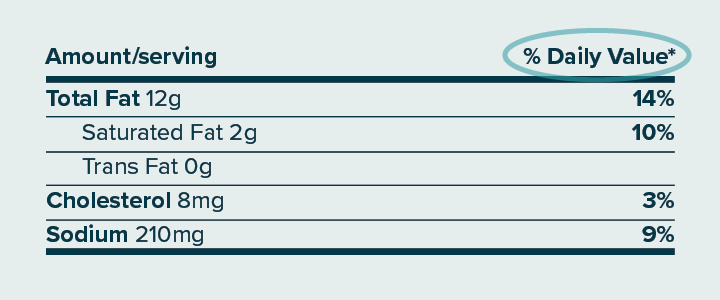
2. Check the % Daily Value.
This is the average amount of nutrients for someone eating 2,000 calories a day. Choose foods low (5% or less of the Daily Value) in saturated and trans fat and sodium.
3. Watch for fat — the good and bad.
Good fats boost energy and help you absorb vitamins A, D, E and K. The American Heart Association (AHA) recommends 13 grams or fewer a day, including less saturated fat and cholesterol, and no trans fat.
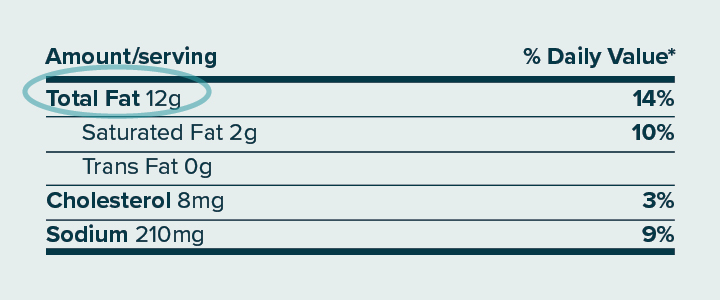
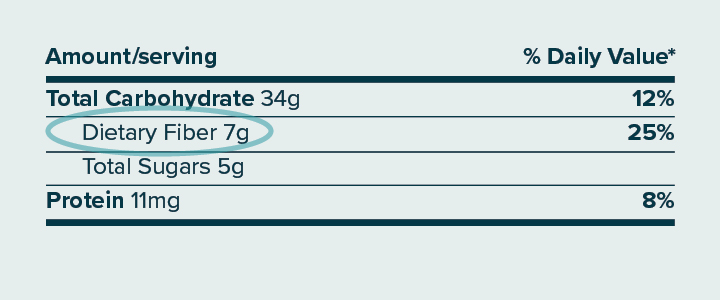
4. Add fiber.
Fiber keeps you fuller, helps balance blood sugar levels and supports weight loss. The AHA recommends 25-35 grams daily.
5. Limit added sugars.
Sugar, also listed ending in “ose” (sucrose and fructose) and corn syrup, can fill you with empty calories and will raise your blood glucose levels.
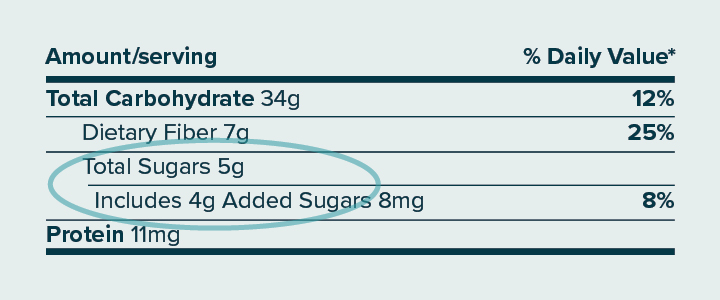
Why the Ingredients List Matters
The ingredients list shows the greatest amount to the least. So, if you have diabetes, watch for and avoid foods that list sugar as one of the first ingredients. You’ll also see types of carbohydrate (including fiber and sugar), fat, and possible potassium and phosphorus additives listed.
If you have chronic kidney disease (CKD) and need to limit phosphorus, check for and avoid ingredients that have “phos” in the name, such as “phosphoric acid” or “polyphosphate.” These are examples of hidden phosphorus.
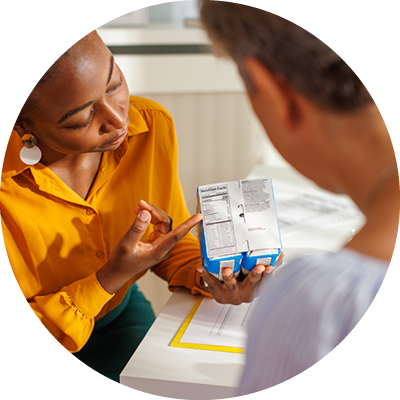
Talk to your dietitian or doctor about what kind of diet may be right for you and your specific health needs. Diet needs are different for every person based on their health condition, diagnosis and many other things.
